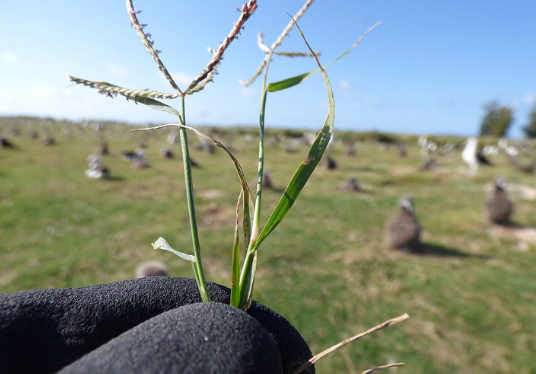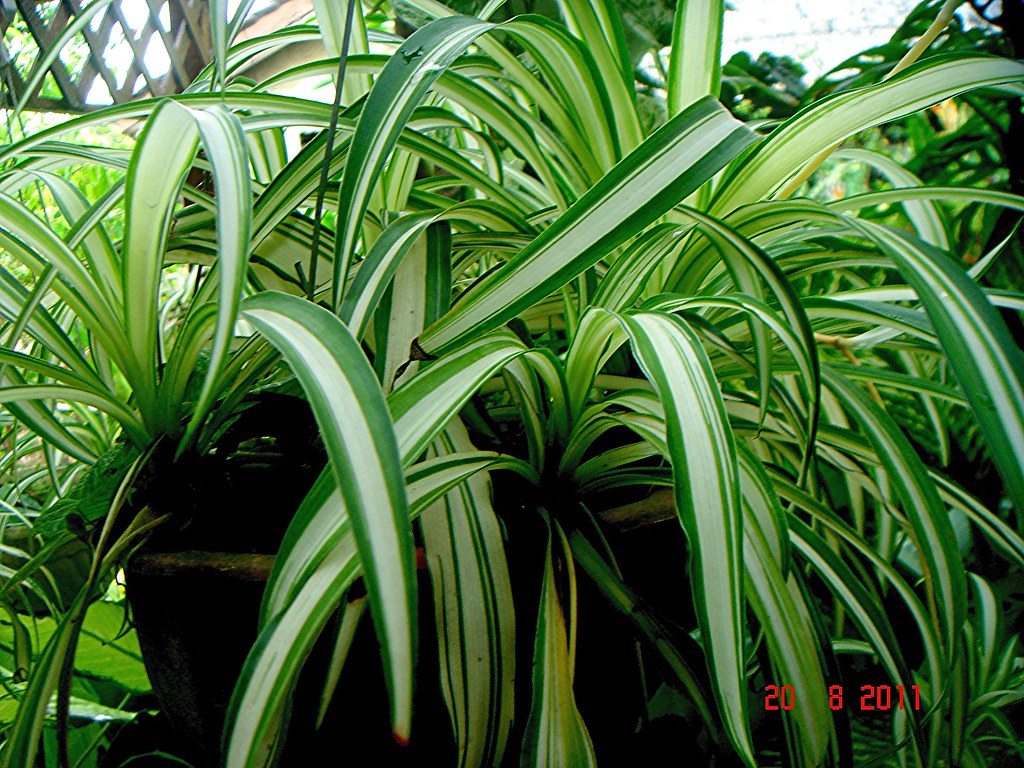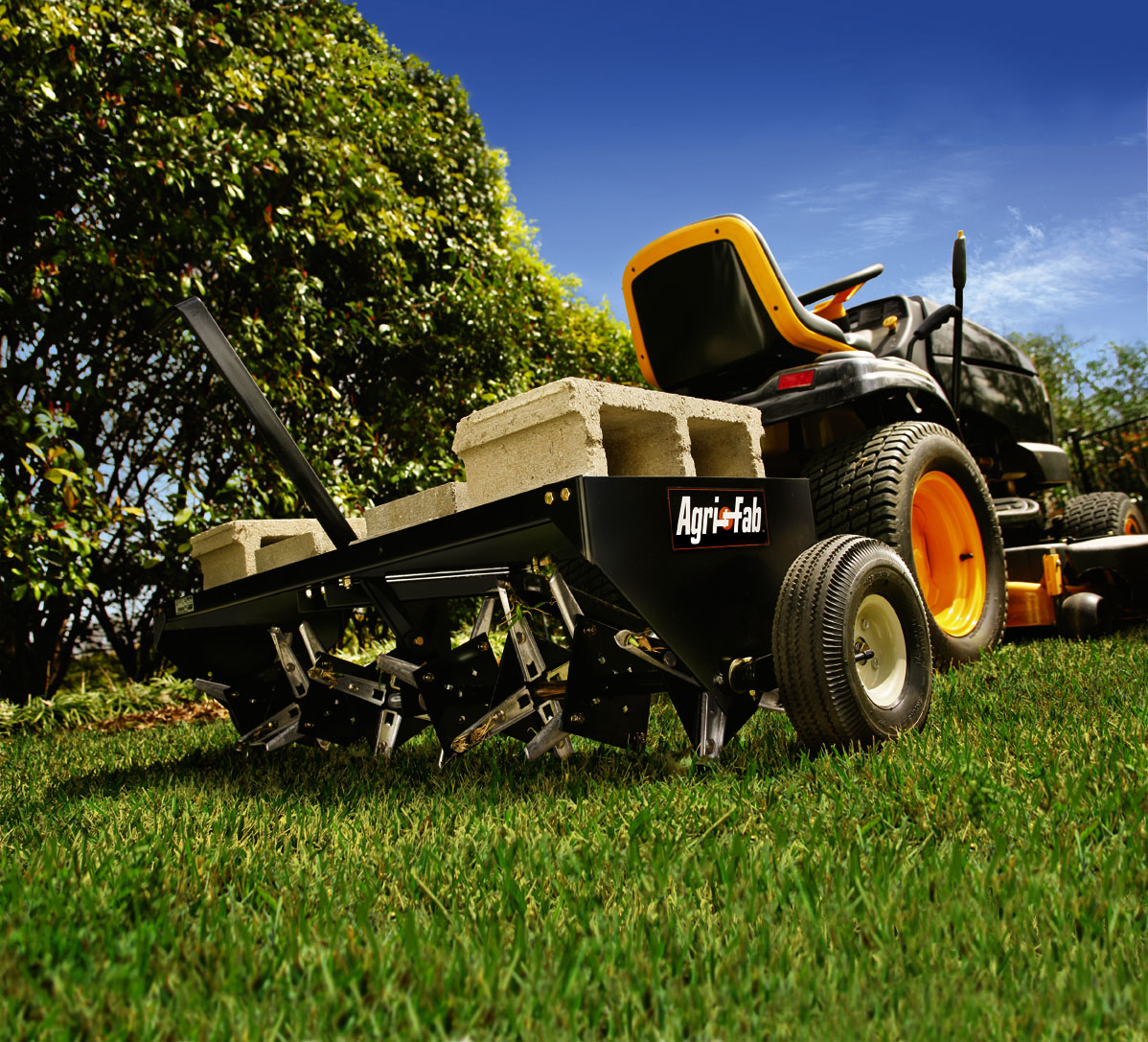Bermudagrass is a perennial grass that forms a dense, mat-like turf. It is adapted to tropical and subtropical climates. It is one of the most widely used warm-season turfgrasses in the world. Bermuda grass has a high tolerance to drought, heat, and salt and can be used on golf course fairways, tees, roughs, and home lawns.
There are two types of bermudagrass: common bermudagrass (Cynodon dactylon) and hybrid bermudagrass (Cynodon x hybrids).
- Common bermudagrass is native to Africa and was introduced into the United States in the early 1700s for forage production.
- Hybrid bermudagrass was developed by crosses between common bermudagrass and another African species known as Redsmet (Cynodon transvaalensis).
Hybridization occurred naturally in South Africa and later through intentional breeding programs in the United States.
Bermudagrasses are low-growing grasses spread by above-ground stolons (runners) and belowground rhizomes. The leaf blades are rolled in the bud, giving them a V-shaped appearance when viewed from the side.
The leaves are 2 to 6 inches long with a hairy surface that feels rough when rubbed in the opposite direction from growth (against the grain). The flowers are borne on branched spikes called panicles that emerge from leaf axils near ground level.
Common bermudagrass produces tan seeds, while hybrids produce red or purple seeds depending on parentage.

Bermuda Grass Seed Has Good Germination Rates
One reason people choose to use Bermudagrass seed rather than any other type of seed available on the market today is the germination rate it possesses.
This metric tells you how likely the seeds will sprout and begin growing into full-fledged blades of Bermudagrass once they have been planted appropriately.
The higher the germination rate, the more confident you can be that your seeds will take root and flourish the following planting.
Best Bermuda Grass Seed
There are a few things to consider when purchasing Bermuda grass seed. The first is the climate in which it will be grown. Bermuda grass is a warm-season grass, so it thrives in locations that have hot summers and mild winters. It is also relatively drought-tolerant, so it can be a good choice for areas with little rainfall.
Another thing to consider is the amount of traffic the grass will need to withstand. If you are planting Bermuda grass on a lawn that will see a lot of foot traffic, you must choose a seed blend designed for high-traffic areas. These blends typically contain more rigid, more resilient varieties of Bermuda grass.
Finally, you’ll need to decide how much money you can spend on your Bermuda grass seed. There are many different brands and varieties available, and prices can vary widely depending on the quality of the seed and where you purchase it. Research beforehand to find a brand that offers good quality seed at a price that fits your budget.

Bermudagrass Considerations
Bermudagrass is a warm-season grass type that is popular in pastures and hayfields. It is also used on golf course fairways, tee boxes, and home lawns.
Bermudagrass is a competitive grass, meaning it can crowd out other plants if given the opportunity. This trait makes it ideal for use in areas where weeds are a problem. Bermudagrass is also a drought-tolerant grass, requiring less water than other types of grasses.
There are several things to consider before planting bermudagrass. One important factor is climate. Bermudagrass will only thrive in certain climates, specifically those that are warm and humid.
Soil type is another consideration, as bermudagrass does best in sandy soils. The third thing to think about before planting bermudagrass is whether or not you want it to be decumbent or erect. Decumbent varieties tend to sprawl, while erect varieties grow more upright.
Once you’ve decided that bermudagrass is the right choice for your needs, there are a few things you’ll need to do to get started. First, you’ll need to purchase some quality seed from a reputable dealer.
Be sure to plant the seed in early spring or late fall, so it has time to germinate and become established before the hot summer months arrive.
You’ll also need to ensure that the area where you plant the seed has been properly prepared by plowing and harrowing it beforehand.”
Bermudagrass Lawn Care Calendar
Bermudagrass is a warm-season grass that thrives in hot, humid climates. It’s often used for golf course greens, sports fields, and commercial landscapes. Bermuda grass care is essential to keeping this turfgrass healthy and looking its best.
Here is a bermudagrass lawn care calendar to help you plan your maintenance activities throughout the year:
Spring:
Bermudagrass should be overseeded in late winter or early spring. Overseeding helps thicken up the lawn and improve its ability to crowd out weeds.
Apply a pre-emergent herbicide early spring to prevent crabgrass and other annual weeds from germinating. Fertilize the lawn three times during the spring months using a slow-release fertilizer designed for warm-season grasses.
Mow bermudagrass no lower than 1 inch to keep it from drying out and going dormant during hot summer. Water deeply and infrequently (1 inch per week) to encourage profound root growth.
Summer:
Continue mowing at the 1-inch height and fertilizing on schedule through the summer months. Brown patches may develop in drought conditions; irrigate as needed to keep the turfgrass green (1-2 inches per week).
Apply a post-emergent herbicide if weeds are a problem; spot treats individual weeds rather than spraying the entire lawn area. Avoid using excessive nitrogen fertilizer late in the season, as this can cause new growth that will not have time to harden off before cooler weather arrives.
Fall:
Mow bermudagrass until it goes dormant in late fall. This grass usually turns brown after the first few killing touches of frost of the season. Fertilize one last time in early to mid-fall using a slow-release fertilizer designed for warm-season grasses.
Resume regular watering if the lawn is still green; otherwise, allow it to go dormant and do not water. Dormant grass needs no supplemental irrigation unless drought conditions persist through winter.
Winter:
Bermudagrass remains brown and dormant throughout the winter months. Do not mow or fertilize during this time; just let the turfgrass rest. If you overseeded your lawn in the fall, you might see some green growth from annual ryegrass or other cool-season grasses.
Allow these plants to die off on their own in spring; they will not crowd out bermudagrass when warmer weather returns.
Overseeding:
Bermudagrass should be overseeded in late winter or early spring. Overseeding helps thicken up the lawn and improve its ability to crowd out weeds. Apply a pre-emergent herbicide early spring to prevent crabgrass and other annual weeds from germinating.
Fertilize the lawn three times during the spring months using a slow-release fertilizer designed for warm-season grasses. Mow bermudagrass no lower than 1 inch to keep it from drying out and going dormant during hot summer.
Water deeply and infrequently (1 inch per week) to encourage profound root growth.
How to Plant Bermuda Grass
1. Begin by preparing the soil for planting. Bermuda grass grows best in soils that are well-drained and high in organic matter. To improve drainage, loosen the top few inches of soil with a spade or tiller. To increase the organic content of the soil, mix in some compost or other organic material.
2. Once the soil is ready, you can sow the seeds directly into it. Sow them thickly, as only a small percentage will germinate and grow into full-fledged plants. Press the seeds gently into the surface of the soil, so they make good contact with it; they don’t need to be buried deeply. Water them lightly immediately after planting to moisten the soil’s surface and encourage germination.
3. Keep an eye on your newly planted Bermuda grass seedlings, watering them whenever the top inch or so of soil feels dry to the touch. In general, young seedlings need to be watered about once per day during periods of active growth (spring and early summer). As they mature, they’ll need less water; established Bermuda grass lawns can survive long periods without rain or irrigation, provided they’re getting some natural light each day.
Grass Seed near Me
Are you looking to start a lawn from scratch? Or maybe you’re just looking to fill in some patches? Either way, you’re going to need grass seed. Here are a few tips on where to buy grass seed near you.
Choosing the type of grass you want is the first thing you must do. Do you desire a low-maintenance item? Something sturdy, able to withstand a lot of foot traffic? Or perhaps you have a certain artistic taste in mind. Once you’ve decided on the type of grass, research which variety would do best in your climate and soil conditions.
Once you know what kind of seed you need, it’s time to start looking for retailers who carry it. If you’re not sure where to start, ask your local nursery or garden center if they have the seeds you’re looking for in stock. You can also check online retailers or specialty stores that sell lawn and garden supplies. Compare prices and shipping costs before making your purchase to get the best deal possible.
With these tips in mind, finding somewhere to buy grass seed near you shouldn’t be too difficult. Just be sure to do your research so that your new lawn is what you wanted it to be.
FAQ
How much Bermuda grass seed do I need to plant an acre?
Assuming you will be planting the Bermuda grass seed by itself, without any other type of grass mixed in, you will need 4-5 pounds per 1000 square feet or 45-50 pounds per acre.
Should I use a fertilizer when planting Bermuda grass seed?
It is not necessary to use a fertilizer when planting Bermuda grass seed; however, if you choose to do so, it is recommended that you use a fertilizer with a 3-1-2 ratio of nitrogen, phosphorus and potassium. Apply the fertilizer at 1 pound per 1000 square feet or 10 pounds per acre.
When is the best time to plant Bermuda grass seed?
The best time to plant Bermuda grass seed is in late spring or early summer when the weather is warm, and the danger of frost has passed.
What is the ideal soil temperature for planting Bermuda grass seed?
The ideal soil temperature for planting Bermuda grass seed is between 65 and 80 degrees Fahrenheit.
How deep should I plant Bermuda grass seed?
Bermuda grass seed should be planted at 1/4 to 1/2 inch depth.
What is the difference between a common Bermuda grass seed and a certified Bermuda grass seed?
The main difference between common Bermuda grass seeds and certified Bermuda grass seed is that certified seeds have been tested for germination rate, purity and weed content while common seeds have not. Certified seeds are also typically more expensive than common seeds.







